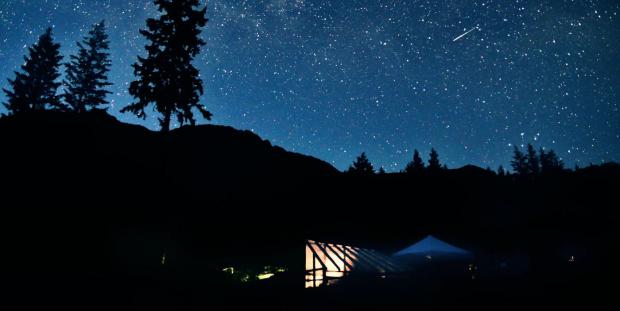
Breaking News
Why I LOVE America: Freedom, Opportunity, Happiness
 She Went On a Vacation to Iran: 'It was Nothing Like I Expected'
She Went On a Vacation to Iran: 'It was Nothing Like I Expected'
 Wisdom Teeth Contain Unique Stem Cell That Can Form Cartilage, Neurons, and Heart Tissue
Wisdom Teeth Contain Unique Stem Cell That Can Form Cartilage, Neurons, and Heart Tissue
 New Groundbreaking Study Reveals How Vitamin C Reactivates Skin Regeneration Genes
New Groundbreaking Study Reveals How Vitamin C Reactivates Skin Regeneration Genes
Top Tech News
 xAI Grok 3.5 Renamed Grok 4 and Has Specialized Coding Model
xAI Grok 3.5 Renamed Grok 4 and Has Specialized Coding Model
 AI goes full HAL: Blackmail, espionage, and murder to avoid shutdown
AI goes full HAL: Blackmail, espionage, and murder to avoid shutdown
 BREAKING UPDATE Neuralink and Optimus
BREAKING UPDATE Neuralink and Optimus
 1900 Scientists Say 'Climate Change Not Caused By CO2' – The Real Environment Movement...
1900 Scientists Say 'Climate Change Not Caused By CO2' – The Real Environment Movement...
 New molecule could create stamp-sized drives with 100x more storage
New molecule could create stamp-sized drives with 100x more storage
 DARPA fast tracks flight tests for new military drones
DARPA fast tracks flight tests for new military drones
 ChatGPT May Be Eroding Critical Thinking Skills, According to a New MIT Study
ChatGPT May Be Eroding Critical Thinking Skills, According to a New MIT Study
 How China Won the Thorium Nuclear Energy Race
How China Won the Thorium Nuclear Energy Race
 Sunlight-Powered Catalyst Supercharges Green Hydrogen Production by 800%
Sunlight-Powered Catalyst Supercharges Green Hydrogen Production by 800%
Two Meteor Showers Will Peak on the Same Night in July and Be Visible in the Southern US

Especially visible in the Southern Hemisphere, but also visible farther south in the Northern Hemisphere, the α-Capricornids and the Southern δ-Aquariids will light up the night of July 30th-31st with a combined total of 30 shooting stars per hour.
Better still, the event will take place during the waxing crescent Moon, so moonlight won't obscure the view. The Moon will set in the evening, and the night sky will be perfectly dark.
In order to find them, look for the constellations they take their names from. Valerie from Space Tourism Guide generally recommends finding Capricorn first, as it's easier to find in the south-southeastern sky. Once you find Capricorn, the much more active Southern δ-Aquariids, radiating from the constellation Aquarius, can be spotted slightly more eastward.
Aquarius is difficult to find, but because there are far more shooting stars appearing to originate there, it will be easier to find that way. With the two radiating points occurring nearby, you likely won't know which meteors belong to which shower.
Starwalk describes the α-Capricornids as slower and noticeably bright, so perhaps that can be a clue.
One thing to keep in mind when trying to see this rare double shower is that the further north one lives on the Earth, the closer the meteors will be to the horizon. For those in the northern United States, a clear horizon line will be necessary, unobscured by trees, hills, or cities.
The further south one travels, the higher in the sky the meteor showers will be.

 He 3D Printed a Whole House
He 3D Printed a Whole House

